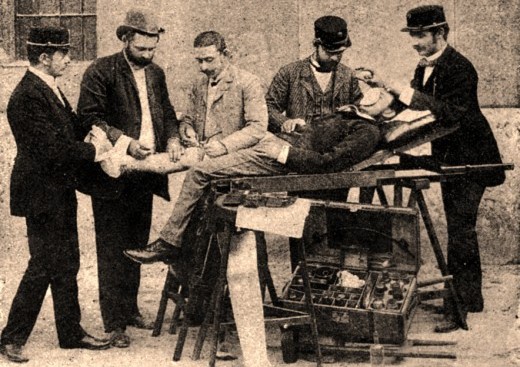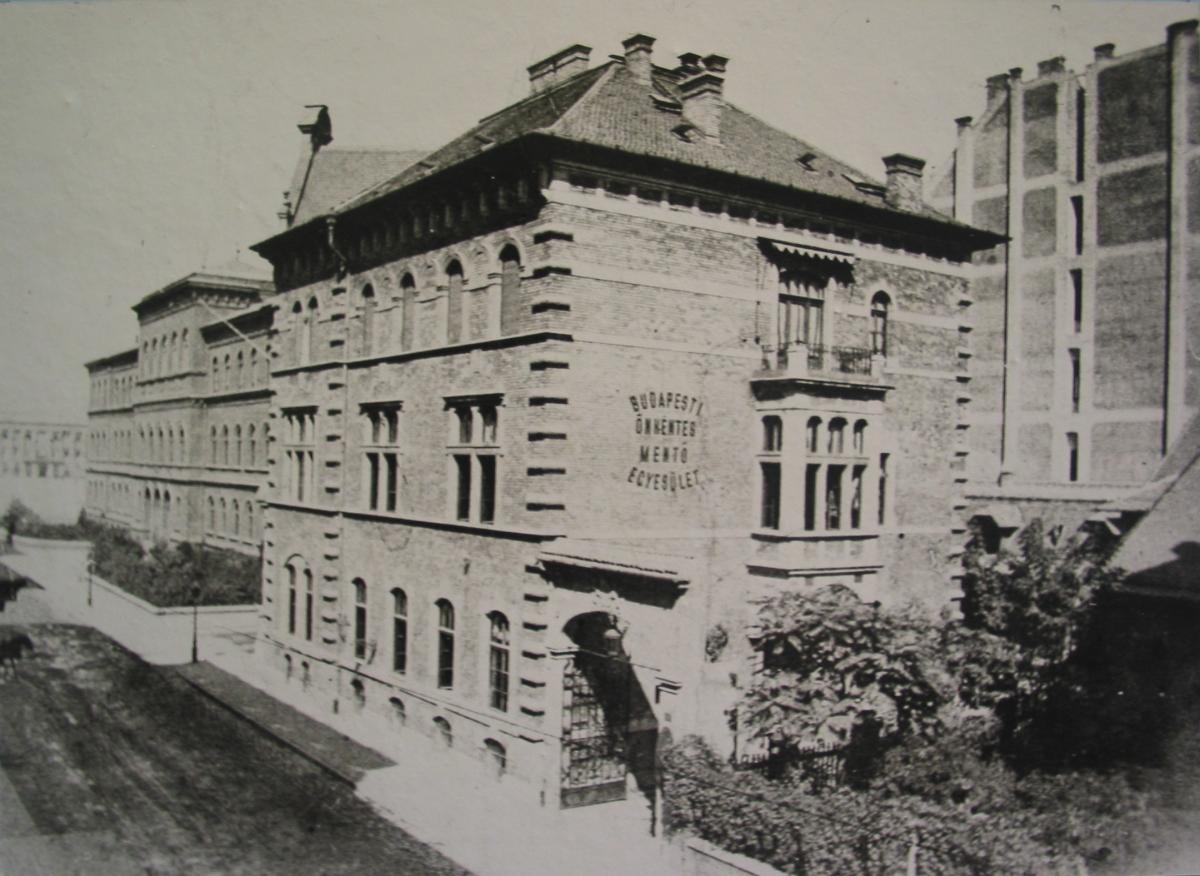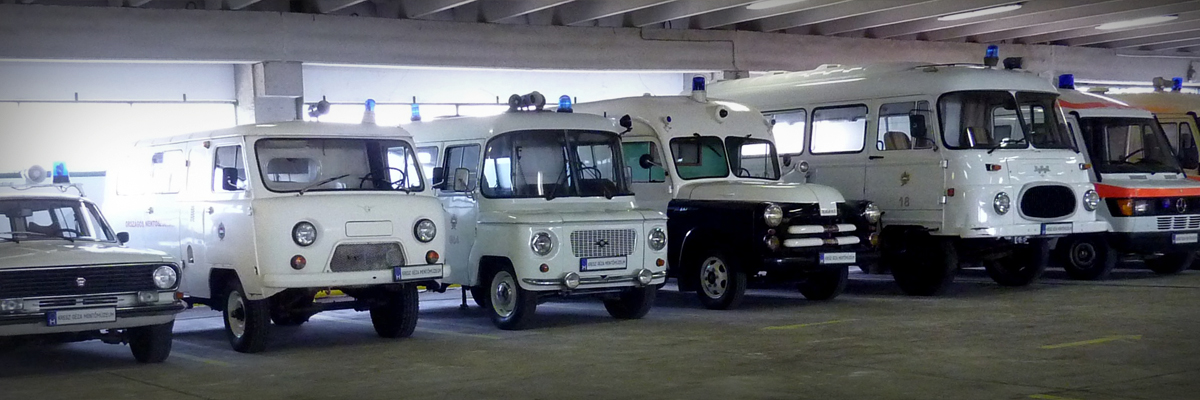
Hungary: The Kresz Géza Ambulance Museum and the National Ambulance Service / Part 2
Hungary: in the year of the founding of the National Ambulance Service, the Hungarian Ambulance Service network consisted of 76 stations
READ THE FIRST PART OF THE ARTICLE
Hungary, during the next twenty years, the development kept ongoing. Nowadays, the NAS has 253 ambulance stations
The aim of the NAS was to ensure the arrival at scene within 15 minutes after alerting, which is the EU Directives about rescue.
We can distinguish three categories of ambulance stations by the number and types of ambulance vehicles.
The NAS controls the whole vehicles fleet along unified professional principles from 19 rescue call centers throughout the nation using the coverage of telecommunications apparatus.
The ambulances covers around 38 million kilometres every year. 7500 employees work in the National Ambulance Service, who perform more than one million interventions per year.
![]() In Hungary the National Ambulance Service has a defining role also in education and scientific life
In Hungary the National Ambulance Service has a defining role also in education and scientific life
From the middle of 1950s to the mid-seventies, the NAS has launched training courses to teach its paramedics, semi physicians and ambulance officers.
According to the 1975 Health Ministerial provision, the tuition has been continued within the framework of higher education.
In recent years, young people had the opportunity to participate in graduate training for paramedic in Pécs, Nyíregyháza and Szombathely university centres.
The ambulance officers in NAS are also linked to qualifications which previously could be obtainable in only non-formal educations system of NAS.
![]() In 1979, the Ministry of Health of Hungary has recognized the new discipline of oxyology, which from 1983 was integrated with the medical universities graduate basic training
In 1979, the Ministry of Health of Hungary has recognized the new discipline of oxyology, which from 1983 was integrated with the medical universities graduate basic training
The Hungarian organized their ambulance system based on the Franco-German model with its far-reaching historical roots, which needs the medical and ambulance officer’s presence on scene.
More than five decades of medical training of Budapest Volunteer Ambulance Association with the launching of the special ambulances with on-board doctor unit in 1954, provided the dynamic progress of the ambulance work.
The development of the NAS’s vehicle fleet closely correlated with the development of ambulance station network.
The Hungarian ambulance system in 1948 had only 140 ambulances and nowadays it counts more than 1000 vehicles.
Complying with the national rescue and emergency patient transport obligation, 753 vehicles from the entire fleet operate twenty-four hours a day.
The vehicle fleet has its own service background and it operates a rescue unit for special purposes as well.
The main types of rescue units are the paramedic/doctor units and the patients transporting teams.
The special ones are the adult and pediatric medical passenger cars, the paramedic passenger cars, Mobile Pediatric Intensive Care Ambulance Unit, ambulance motorcycles and scooters, mass accident units and Mobile Intensive Care Units for transporting and observing serious injured patients.
AMBULANCE, THE BEST STRETCHERS ON THE SPENCER BOOTH AT EMERGENCY EXPO
This rescue teams care about patients according to their levels of competence with unified principles and nationally integrated health and technical equipment.
In 1958, the National Ambulance Service founded the air ambulance and emergency patient air transport.
From 1980, NAS activated the rescue helicopters. Nowadays, the Hungarian Air Ambulance Nonprofit Ltd., as a part of the NAS, operate seven airbases in Hungary (Miskolc, Budaörs, Pécs, Balatonfüred, Sármellék, Debrecen, Szentes) with AS-350B and EC-135 T2 CPDS rescue helicopters.
Read Also:
Emergency Museum / Holland, The National Museum Of Ambulance And First Aid Of Leiden
Emergency Museum / Poland, The Krakow Rescue Museum




